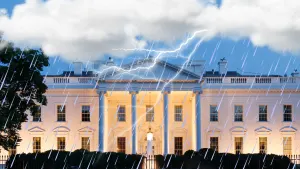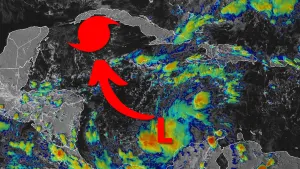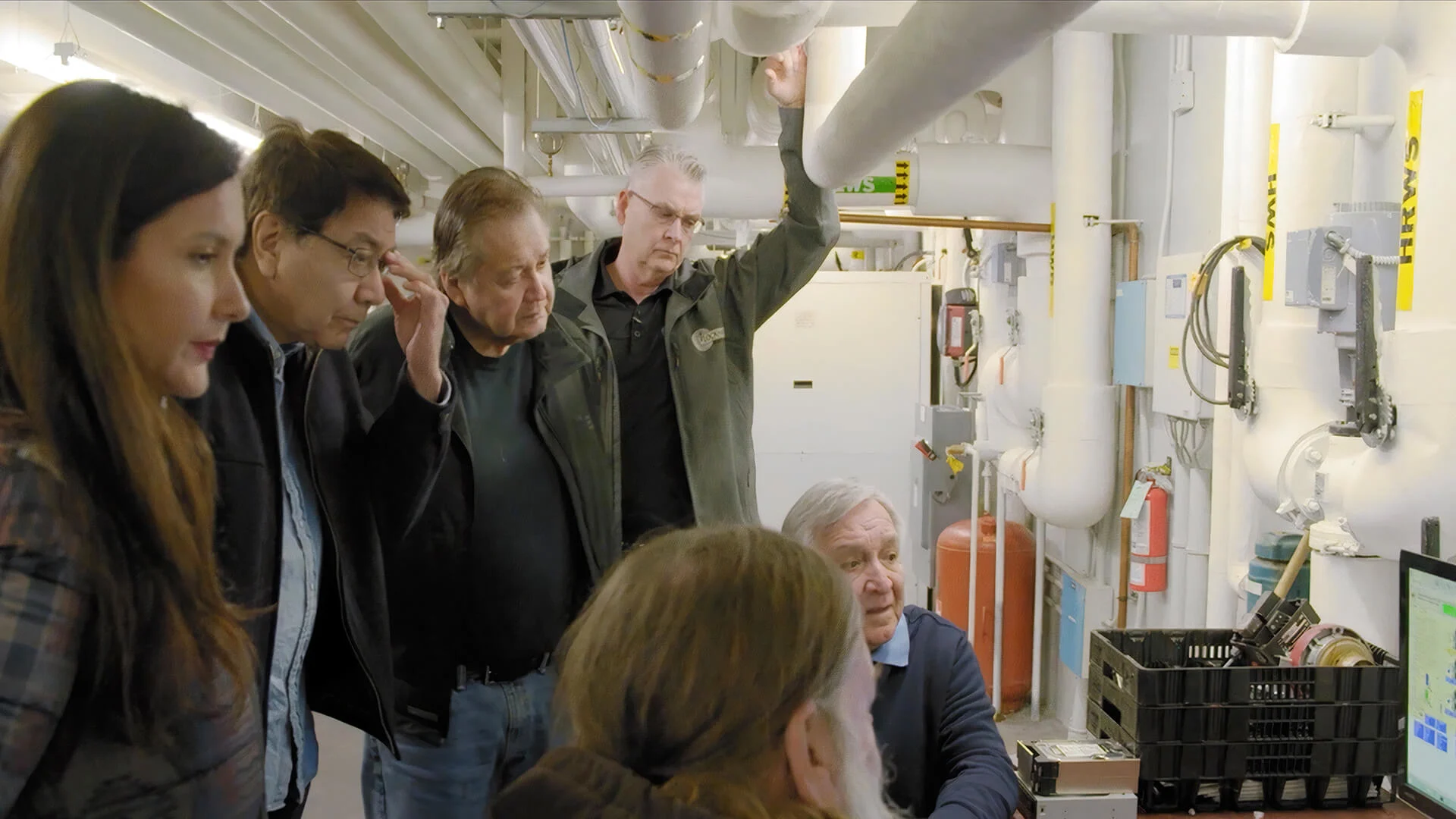
How the Tla-o-qui-aht Nation is expanding renewable energy in Tofino
Tla-o-qui-aht Nation is investing in innovative projects to bring clean power to Vancouver Island.
Tofino is a British Columbia resort town sought out by thousands of tourists from across the world for its natural beauty.
Tla-o-qui-aht Nation are the original caretakers of Long Beach and Clayoquot Sound, which is home to an old-growth temperate rainforest and gives access to the Pacific Ocean. They are also on the leading edge of implementing green energy for the region.
Melina Laboucan-Massimo, a leading climate change activist in Canada and the host of Power to the People, visited Tofino to learn more about the landscape and the renewable energies that Tla-o-qui-aht Nation is implementing to improve sustainability on the island.
“In the last 100 years our territories have deteriorated from [resource] extraction, which we want to recover from,” said Saya Masso, lands and resources manager for Tla-o-qui-aht Nation, as he and Laboucan-Massimo strolled across Long Beach.
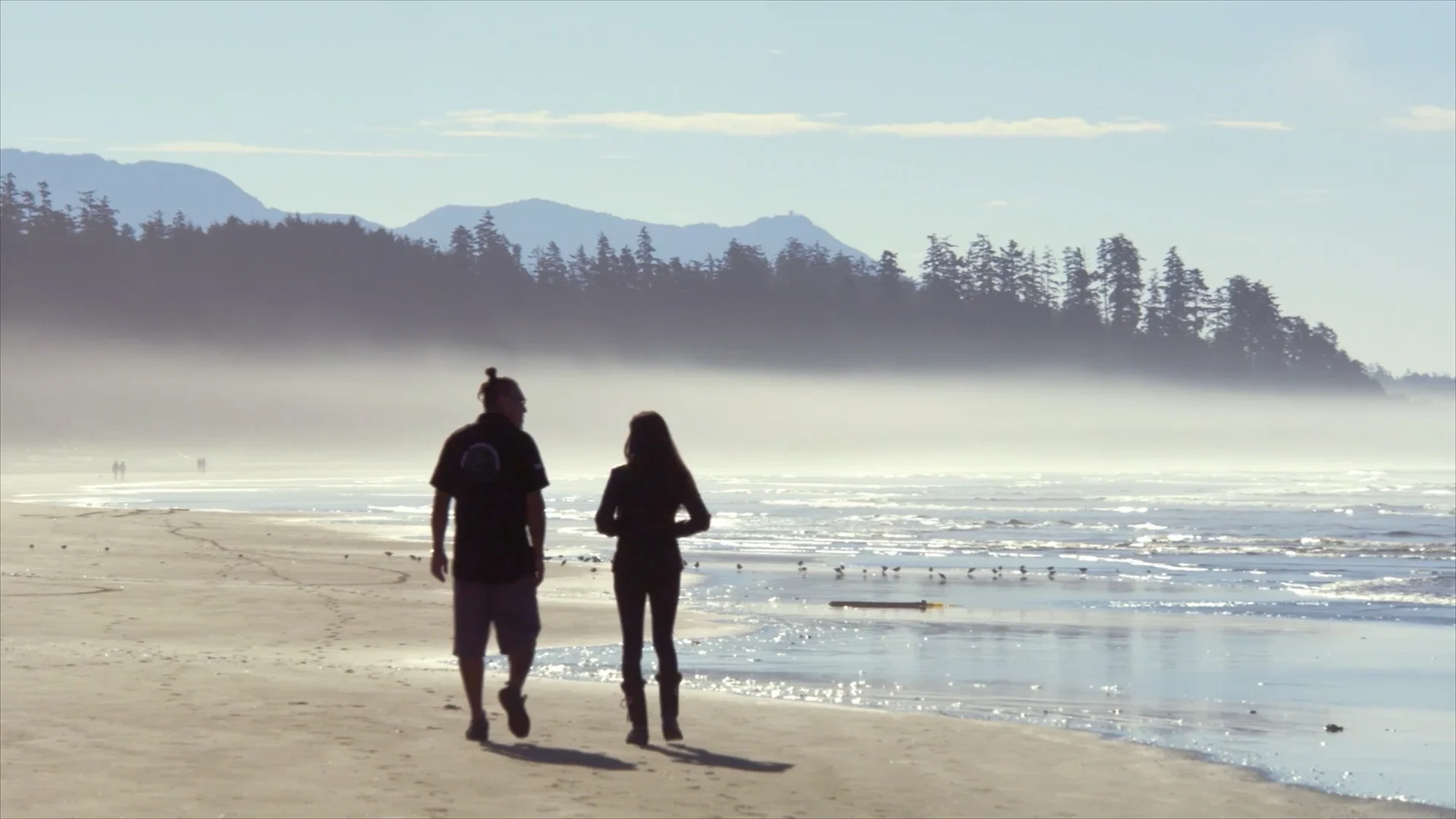
Laboucan-Massimo and Masso walking along Long Beach on Vancouver Island. (Power to the People)
Tla-o-qui-aht Nation created a Tribal Parks Guardianship program to conserve the integrity of the natural environment and partake in economic processes and decisions. This program is particularly important to manage the impact that tourism has on Tofino’s ecosystems.
Masso explained that some of the Guardians’ responsibilities include monitoring and implementing land use plans, stewardship, river cleaning, and habitat restoration.
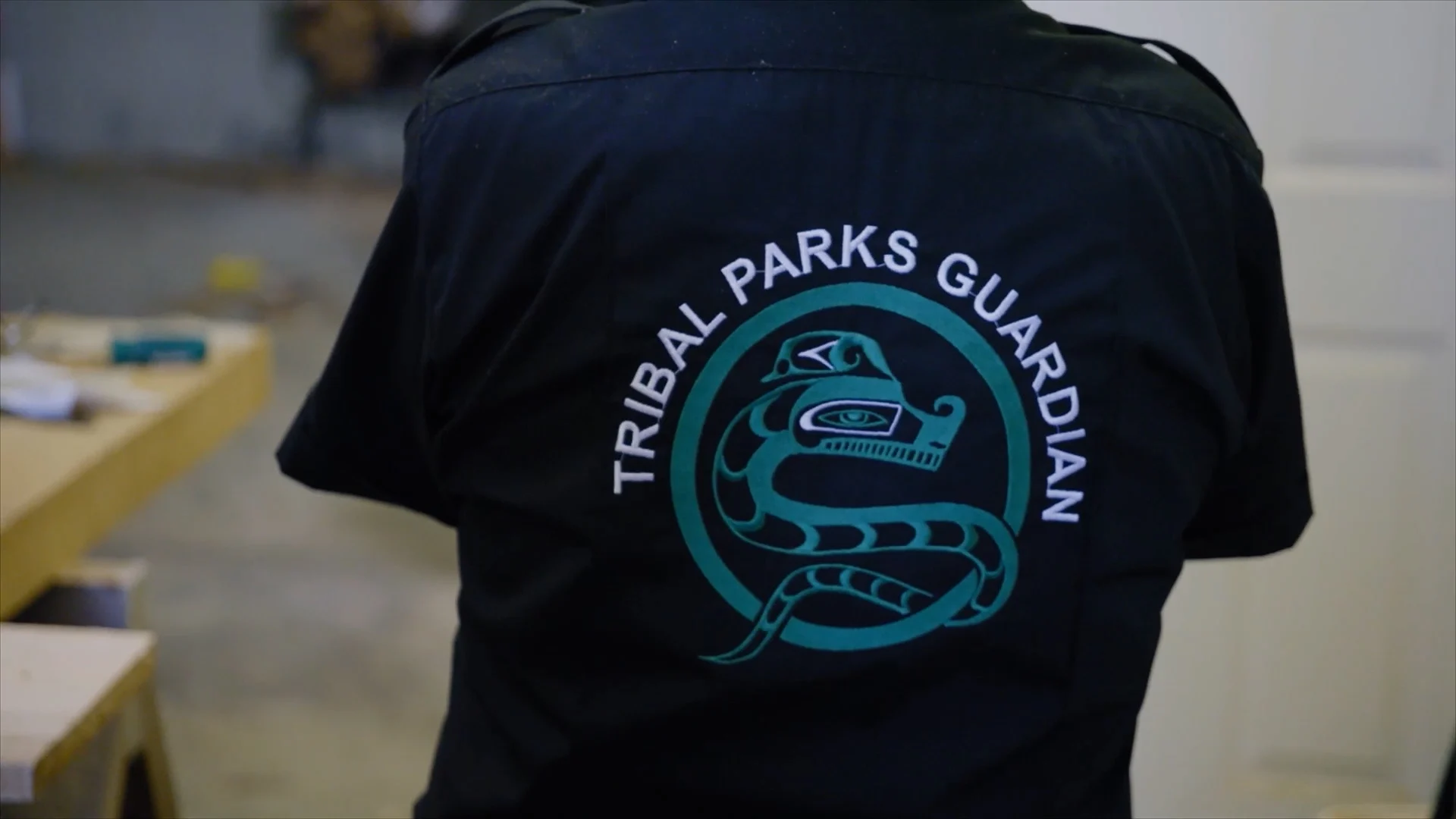
The back of Masso’s shirt displays the logo for the Tribal Parks Guardianship program. (Power to the People)
“Having Guardians and a presence out in our territories is a traditional role that our people have,” he said.
A run-of-the-river hydro project is one component of the land use plan. The Canoe Creek Hydro Project, which is majority owned by Tla-o-qui-aht Nation, produces five megawatts of energy that can power 2,000 homes.
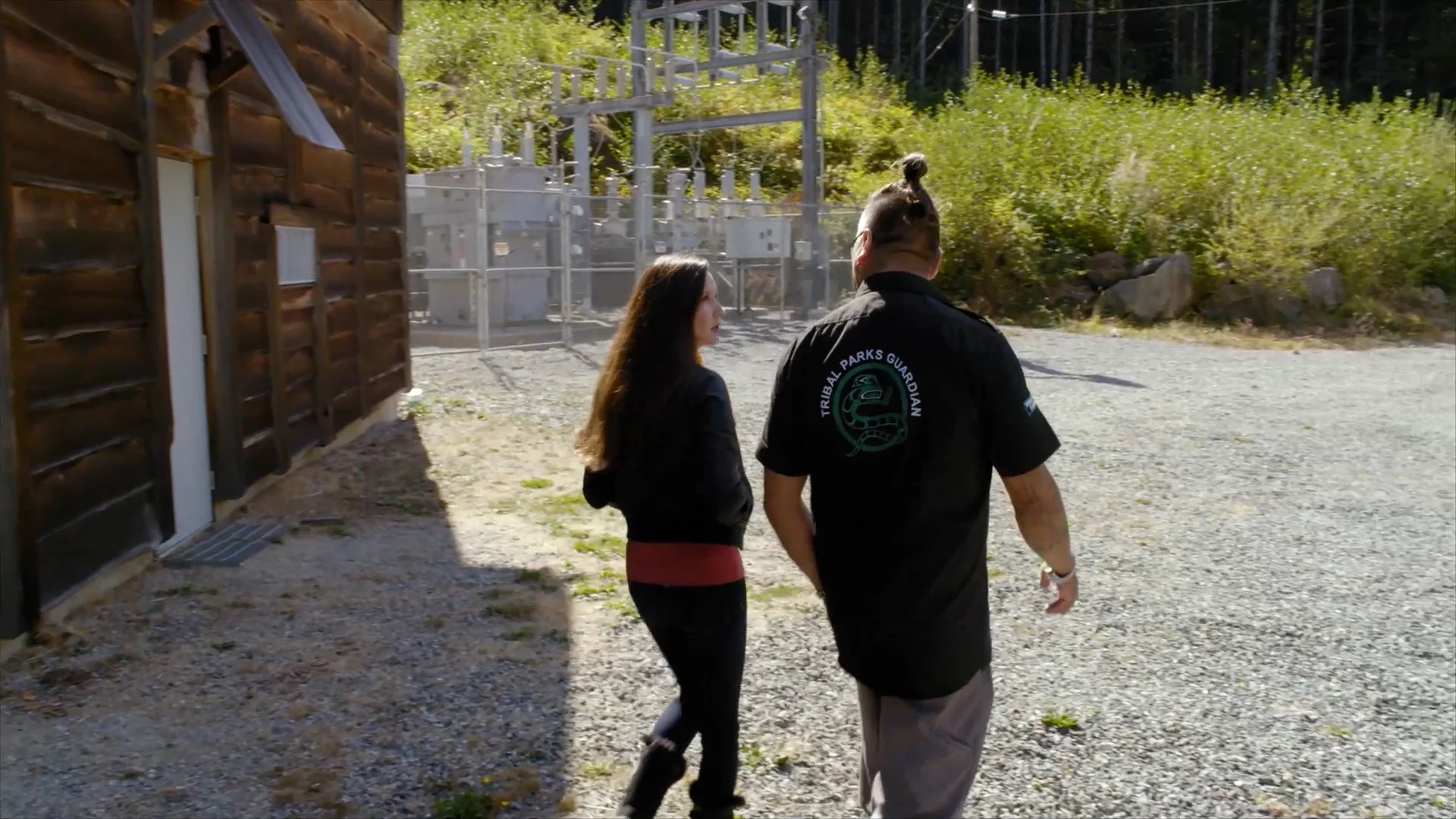
Laboucan-Massimo and Masso visiting the Canoe Creek Hydro Project. (Power to the People)
Laboucan-Massimo also visited two geoexchange plants. One of the facilities was located in Mill Bay, which is home to Vancouver Island’s largest geoexchange system.
Geoexchange is a trademarked name by Lockhart Industries and differs from traditional geothermal energies, in which steam escapes from the ground and spins a turbine. Lockhart Industries’ geoexchange technology is a closed loop system that moves heat from the ocean indoors during cold weather and removes heat from buildings back into the ocean when the weather is warm.
The geoexchange system brings heat to homes through a water line that runs underneath the floors in the home. Interestingly, this system has been circulating the same water for 17 years.
“In the past, the government has imposed certain ways of living in our own communities and it hasn't served the people. What we see with Tla-o-qui-aht now is that that's changing. They are actually implementing renewable energy projects and Tribal Park systems that protect their homeland and bring sovereignty back to the Nation,” Laboucan-Massimo said at the end of her trip.
Watch the video above to learn more about how Tla-o-qui-aht Nation is conserving the integrity of Tofino’s environment and the innovative renewable energies that are being expanded.
Thumbnail image: Laboucan-Massimo inside the Lockhart Industries geoexchange facility. (Power to the People)









